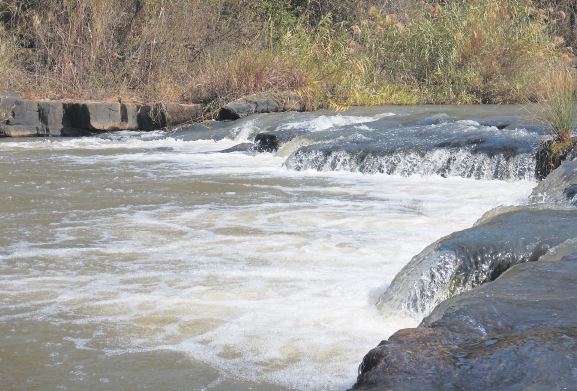 The South African Department of Water and Sanitation (DWS) has just released a draft of its National Water and Sanitation Masterplan for comment. It is brilliant and, like many brilliant things, it is flawed. I encourage you to download the Call to Action off the DWS website.
The South African Department of Water and Sanitation (DWS) has just released a draft of its National Water and Sanitation Masterplan for comment. It is brilliant and, like many brilliant things, it is flawed. I encourage you to download the Call to Action off the DWS website.
Why and how is it brilliant? First and foremost it is a well written, logical and non-technical document – we can all understand it. Second, it candidly and honestly acknowledges that there is an approaching crisis in water resource management in South Africa. It is emphatic that if we don’t address this water insecurity crisis effectively we are all in trouble. Third, it seems, on paper at least, DWS has turned a corner, although only time will tell if this is the case.
The document starts with some sobering statistics: 8.2 million people in South Africa still do not have access to safe drinking water; 14.1 million people do not have access to safe sanitation; 37% of households do not have access to a reliable water service; 41% of municipal water is not paid for, and 35% of municipal water is lost through leakage. On this basis, I suggest that it is not an approaching crisis; the crisis has arrived.
The global average for domestic water consumption is about 170 litres per person per day and yet we, in a water-scarce country, are using on average 230 litres per person per day. If in your home you are using more than 5,500 litres per resident per month you are using too much. It is time to conserve.
There is a fundamental recognition that water, particularly water for agricultural irrigation, is too cheap and that the price does not reflect its true value. Also, the Department recognises that everyone except indigent households must pay for water services. Increasing the price and securing revenue will provide the vital funding streams for re-investment in infrastructure development and maintenance, and water conservation measures.
Speaking of conservation, the Department at last recognises fully the critical role that nature plays in conserving and supplying us with water. In order for nature to sustain this role we need to invest, particularly in the conservation of our critical water resource systems: our rivers and streams, indigenous grasslands and wetland ‘water factories’.
There is an admission that regulations have not been enforced and that, in future, the big polluters and the stealers of water will be prosecuted. Here DWS specifically includes municipalities, and while I agree that we need to get tough and hold leadership to account, I am not sure that dragging a municipal manager or mayor into court will achieve anything except to further clog the courts and waste taxpayers’ money. However, if some personal liability is attached, it could have a fairly significant impact.
Perhaps the most telling comment comes in the detailed masterplan: “you cannot drink paper plans”. This is a clear admission that over the years the Department has generated a plethora of policies and plans that are excellent but that have, for the most part, remained on the shelf, unimplemented.
So the plan is brilliant but why is it flawed? First and foremost it does not account for the current state of the Department itself and its ability to lead the charge. The expertise and experience is all there, but it needs to ensure it is able to implement its ambitious plan. If it does not, it will fail and we will relegate this document to the same shelf as previous plans.
Second, the Department persists in wanting to govern for the people rather than with the people. It speaks of engaging with civil society and the private sector but it says very little about how this is going to happen. When responsibilities are apportioned we – Joe Public and Joe Business – are listed nowhere. The DWS must tell us how we can support them on this long and tough journey.
Duncan Hay is an associate research fellow of UKZN and the executive director of the Institute of Natural Resources. This blogpost is an edited version of an article that was first published in The Witness on 19 January 2018.
